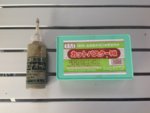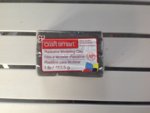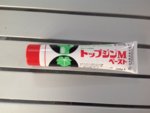Antidemagogue
Seed
I think every bonsai source I have read makes the case for using wound sealant on pruning wounds. However, I recently read two sources that argued that it is of no benefit to use wound sealant. A paper written by Shigo and Shortle (Journal of Arboriculture, 1983) (http://joa.isa-arbor.com/request.asp?JournalID=1&ArticleID=1923&Type=2) and a short polemic, if you will, written by Chalker-Scott (https://s3.wp.wsu.edu/uploads/sites/403/2015/03/wound-sealer.pdf) claim wound sealant provides no benefit (this latter article seems unconvincing; it is filled with many claims that lack support, but I wanted to post it since it makes the claim).
Does anyone know of any studies that support the use of wound sealant, or any studies that do not support the use of wound sealant? And can anyone speak to their own experience, both with sealant in general and with specific types of sealant?
Does anyone know of any studies that support the use of wound sealant, or any studies that do not support the use of wound sealant? And can anyone speak to their own experience, both with sealant in general and with specific types of sealant?



